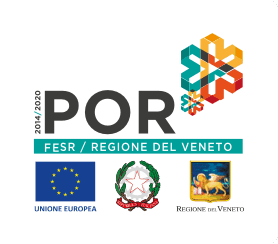 Belluno’s Dolomites National Park, established in April 1990, covers an immense area of 32,000 hectares, half of which divided into 8 Nature Reserves in the network of biogenetic reserves of the Council of Europe.
Belluno’s Dolomites National Park, established in April 1990, covers an immense area of 32,000 hectares, half of which divided into 8 Nature Reserves in the network of biogenetic reserves of the Council of Europe.
Located in the Veneto Region, in the foothills of South-Central Belluno Province, the Park includes areas of middle and high mountain and is surrounded by a network of protected areas of great interest as the Cansiglio, Panaveggio-Pale di San Martino Natural Park and the Carnian Prealps National Park.
There is no doubt that The Belluno Dolomites National Park was created with the specific aim of protecting an area of outstanding landscape value and wild nature that can boast over 1400 species of vascular plants. As evidence of this record of exceptional biodiversity, consists on the recruitment of Moretti’s Bellflower (Campanula Moretti) as a symbol of the Belluno Dolomites National Park, an endemic species of the Dolomites, the showy blooms of purple, the large spread in the Park on wet rocks at an altitude above 1000 – 1200 meters.
The presence of rare species and an exceptional variety of environments is due primarily to the geographic location. It lies on the southeastern margin of the Alps in very inaccessible areas, some of which have remained ice-free during the last glaciation, the last one about 10,000 to 12,000 years ago.
Environments and cultures gravitate on the entire area of the park. The villages located on the slopes overlooking the valley of the Piave (Feltre and Belluno), certainly stand out from the centers of Agordo and Zoldo Valley located on slopes with different climatic and completely different geological.
The areas of maximum natural interest are located in higher areas, highlands, the buses of glacial origin, but there are also important stations in the valley and the most frequently accessed. The great variety of environments and landscapes is the most striking feature, particularly pleasant in summer, characterized by irrepressible blooms.


